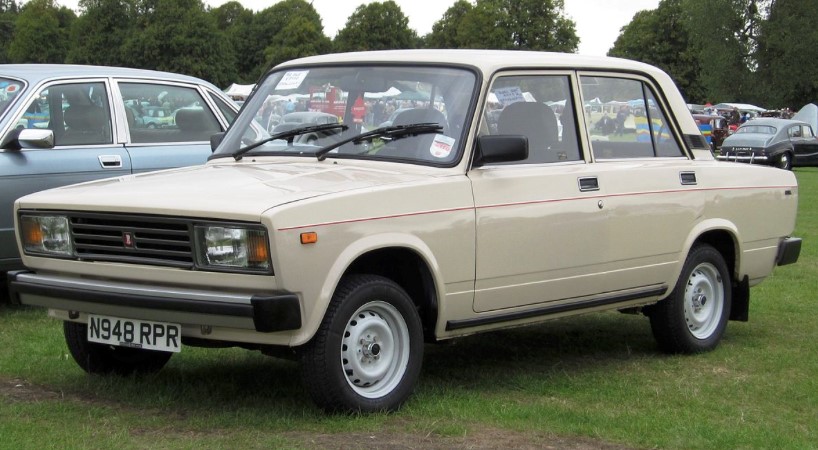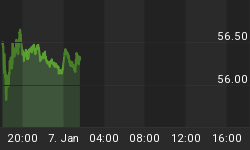In all likelihood, you have not considered buying a Russian car. But perhaps now is a good time for a change of heart, geopolitics be damned.
Russia’s flagship carmaker AvtoVAZ, which manufactures Lada vehicles, is posting record sales domestically and internationally.
If you’ve never heard of a Lada in the confines of North America, rest assured they have been the butt of many European jokes, much like the beloved Yugo of American times past.
But the joke is one everyone else, now, it would seem.
This is what the Lada used to look like:

(Click to enlarge)
This is what it looks like now:

(Click to enlarge)
According to the most recent data from the European Automobile Manufacturers Association (ACEA), sales of Lada cars surged by nearly 11 percent across the European Union in the first half of 2018, with 2,770 vehicles sold during from January to June.
In 2017, Russian car sales totaled 1.6 million units, up 11.9 percent from the previous year, but still only around half of the nearly 3 million units sold in 2012 when the market was booming.
Meanwhile, Russia’s passenger car exports surged by 24.1 percent in 2017, to 84,400 units, at a total monetary value of $1.32 billion, according to Russia’s Federal Customs House data. Of those, 32,800 were exported to non-CIS countries, including the European Union, for $608.4 million. CIS countries (Azerbaijan, Armenia, Belarus, Kazakhstan, Kyrgyzstan, Moldova, Russia, Tajikistan, Turkmenistan and Uzbekistan) took in 51,600 thousand Russian cars worth $711.8 million.
AvtoVAZ, part of the Renault-Nissan-Mitsubishi Alliance, exports cars to 30 countries and envisions sales hitting the landmark of 100,000 vehicles by 2022. Related: Big Money Asset Managers Split Over Next Financial Crisis
Last year, the Russian carmaker made its foray into the world’s biggest auto market, China. Sales were also kicked off in the United Arab Emirates as Russia seeks to have a tangible imprint in the Middle East market, too.
The manufacturing and export of car parts produced in Russia by AvtoVAZ and the branches of Western carmakers are also booming, with sales up more than 50 percent between 2010-2016--a consequence of the burgeoning local automotive market.
For example, Renault Russia, known until 2014 as Avtoframos and currently a wholly owned subsidiary of Renault, exports 185 different types of car components from Russia--up from 160 in 2016. The export turnover of Russian components within Renault Group exceeded $87.61 million in 2017, a triple increase from 2016.
Recently, Renault expanded exports of its Russian-made plastic auto parts to Algeria for the production of its Logan model.
Ford Sollers, a joint venture of Ford and Russian auto producer Sollers, has recently launched production of its EcoSport crossover in Romania and is now delivering plastic auto parts there from Russia.
The U.S.’ Ford Motor Company, meanwhile, plans to triple exports of Russian-made plastic auto components to Europe within three years.
Japan’s Nissan, which runs a plant with a capacity of 100,000 light vehicles a year in St. Petersburg, Russia, also has upbeat plans.
Foreign car makers in Russia are rebounding from the slump they suffered from poor sales since 2014 amid weak economic growth and sanctions against Russia following the annexation of Crimea and the shooting down of a Malaysian passenger jet.
Before that, the Russian car market was the fastest-growing in Europe and foreign automakers were actively investing to meet booming demand. It only returned to growth last year.
The Russian government is actively trying to stimulate exports of Russian-made auto components by subsidizing a portion of the manufacturers’ logistics costs.
According to the Russian Export Centre, in 2017, some RUB 6.6bn ($110.6 million) was allocated for the compensation of costs associated with the delivery of Russian-made plastic auto parts out of Russia.
Related: Are Valuations Finally Catching Up To Tech Stocks?'
Local producers of plastic auto components have said that exports would be even higher if the import duties levied on Russian auto parts in some countries were abolished.
However, the Russian government’s plan to increase value added tax (VAT) by 2 percent from 2019 dampens expectations. The increase in VAT will lead to higher car prices, hitting demand and sales, car makers and dealers warn.
Russian lawmakers have backed a proposal to raise VAT by 2 percentage points to 20 percent from next year, aiming to raise an additional 600 billion roubles ($9.5 billion) per year to pay for new roads and other projects ordered by Putin.
In the meantime, Europeans at least seem to be loving the Lada.
By Linas Jegelevicius for Safehaven.com
More Top Reads From Safehaven.com
















